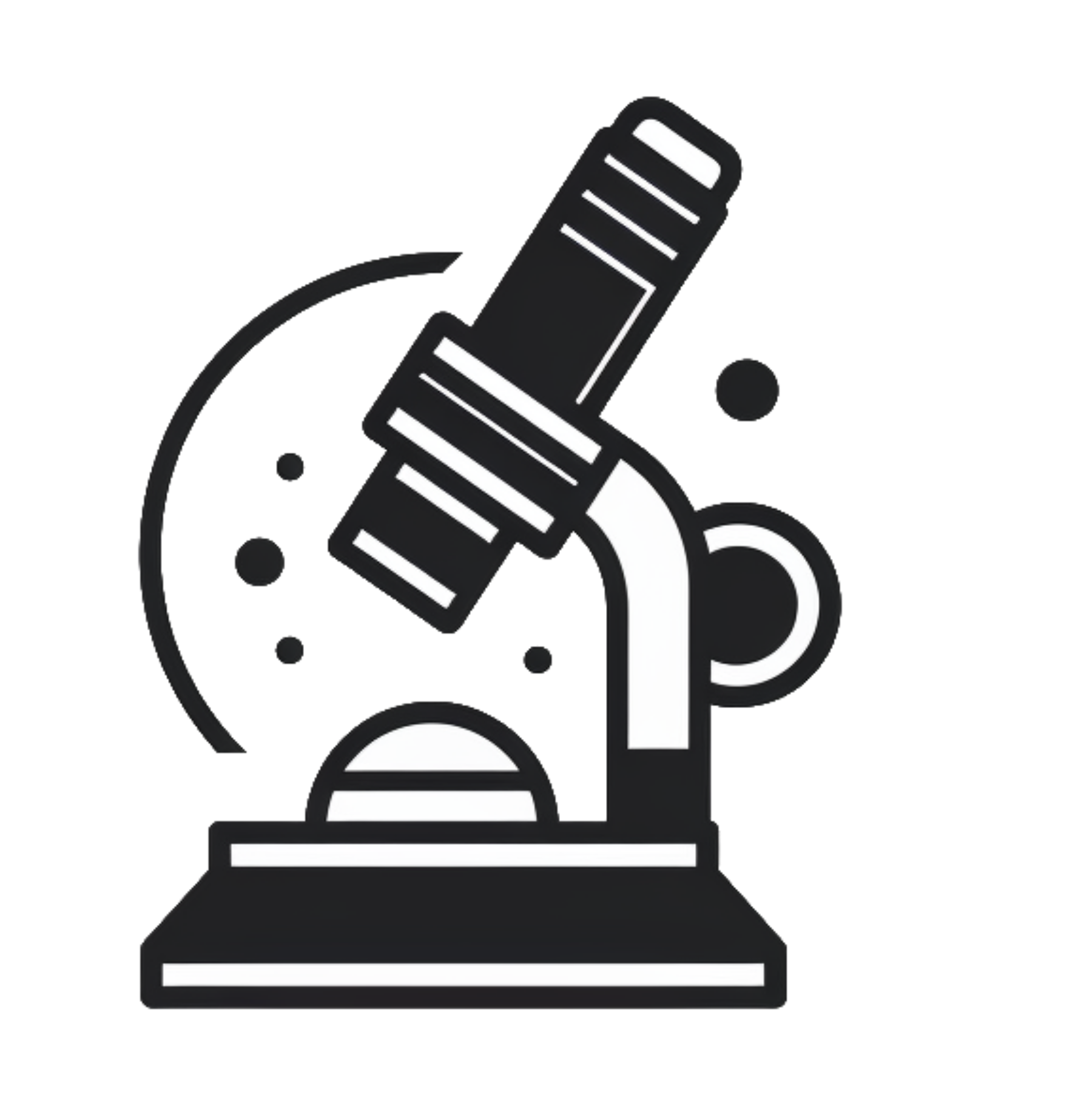This is a photograph of a small trichome on the surface of a seedling through the 40x objective. Not sure if it is a happy trichome looking up at what it will become or a sad trichome looking down 😆 I liked the colors and the scene, reminds me of a painting.
Here is a photo through the 10x:



Oh well, haha! I watched microbehunters review, looks like a real cool microscope. Are you using any other lighting than the integrated led?
And the camera adapter, this is not just a plastic (or metal) part to fit into the tube so the camera would use the actual microscope lens, but it’s something that has its own optics too?
I am using the integrated LED. Sometimes I use a UV flashlight to see fluorescence, and I would like to play with others. I work with spectroscopy and I have the intention of adding a bit of spectroscopy to the microscope, but I am still not there yet.
The camera adapter that I am using does contain some optics inside and has 2X magnification. It is one like this one: https://nl.aliexpress.com/item/32943613016.html
Microbehunter has a review on these: https://www.youtube.com/watch?v=Ju8rgeJr3bI
Roughly, if you use a 40x objective, the 2x adapter, and the camera is a DSLR with an APS-C sensor like mine (dimensions 23.6 mm x 15.7 mm), then the image that you capture with the camera corresponds to approximately the sensor dimensions / (objective multiplier x adapter multiplier) = 295 micron x 196 micron in this case. In practice it is good to use a microscope ruler for accurate dimensions,
There are camera adapter designs with no optics that you can 3D print, but I have not tested those. What I have tested are tubes that you can 3D print that connect the camera to an objective directly without the need for a microscope. This is can be useful for macro photography but the microscope is a lot more comfortable to use for general microscopy. This is what I mean: https://www.youtube.com/watch?v=nuZ_JptlqYE
This seems to be a whole field of rabbit holes. Tried to wrap my head around your calculation yesterday evening, and what it’d mean for my ancient m43 cameras, that was a bit confusing at first (where is the crop factor!), i have never really messed with by-x lenses. But i think the penny has eventually dropped, haha. Then i got sidetracked on how microscope rulers are being made. I reckon you have your setup calibrated.
Thank you for the interesting pointers.
Haha, I think I have a good idea of why… When thinking about general photography, common scenes involve many different types of objects of varying sizes and distances. In this context it makes sense to define the “field of view” of a lens in terms of the visual angle, and to think about differences between equipment in terms of a “reference” - that’s where the ‘crop factor’ comes in, when comparing to a 35 mm film as a standard to measure relative to. It is a bit silly to ask a question such as “how many cats can fit into the image that gets projected into the camera sensor?”
When one gets into macro photography things start changing. The distances between the camera and the subjects are defined more narrowly and the size of the subjects one tries to capture is closer in size to the camera sensor’s size. In macro-photography you hear about things like a “1:1” lens, meaning that the image of an object placed at a specific distance will be replicated 1:1 at the camera sensor’s position. It becomes then meaningful to think about the camera sensor size in absolute sense, because a sensor will capture a scene of its own size (for 1:1). You can still think in relative terms using the crop factor, but it is not as useful to make relative comparisons anymore because the absolute scale is already giving us information that we can work with directly.
For microscopy this trend continues - the distance to the subject is well-defined and we can think in absolute terms about the magnification of the image that gets projected into camera sensor.
I have not looked into this! I am not sure… I will look it up.
I do have a ruler but I misplaced it and I have not used it in a while. So, not really, I wouldn’t say it is “calibrated”. I did take some photos of the ruler that I can use to get a good rough estimate if I can find them.